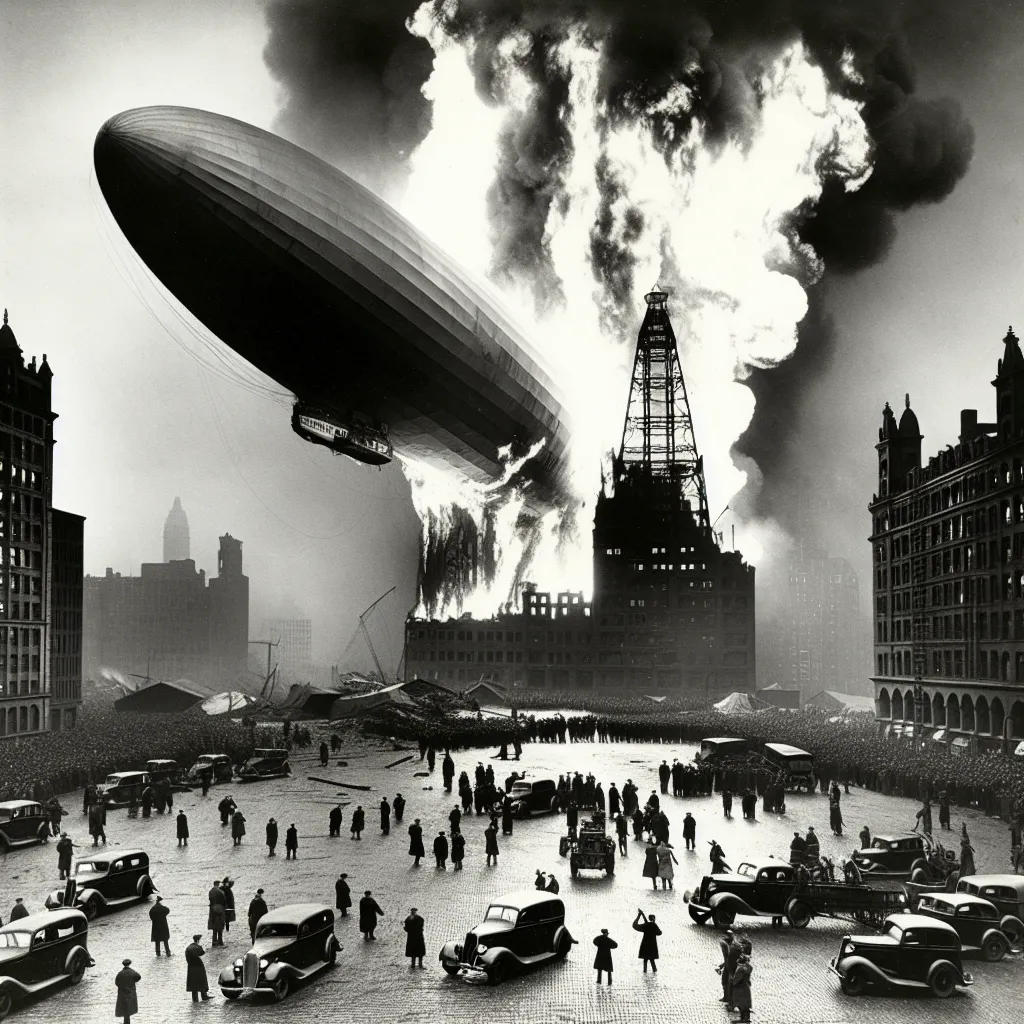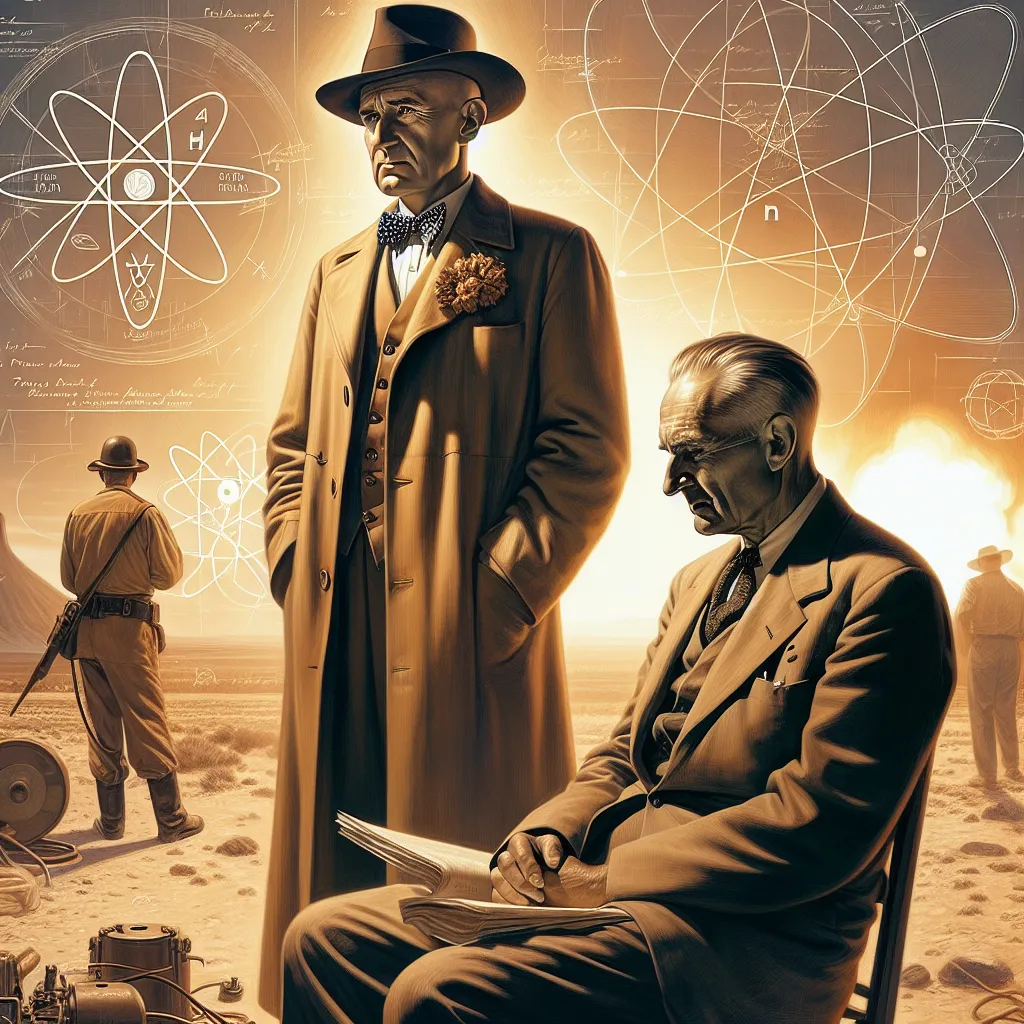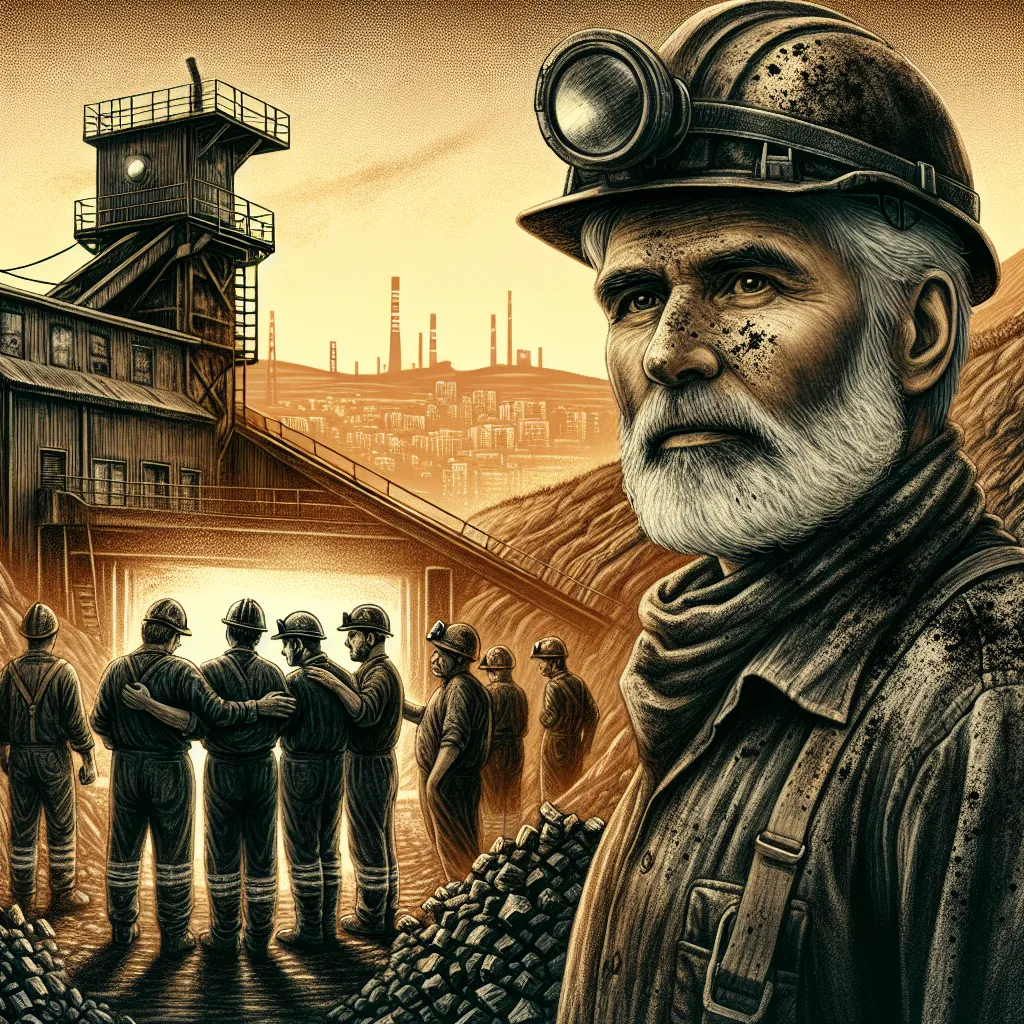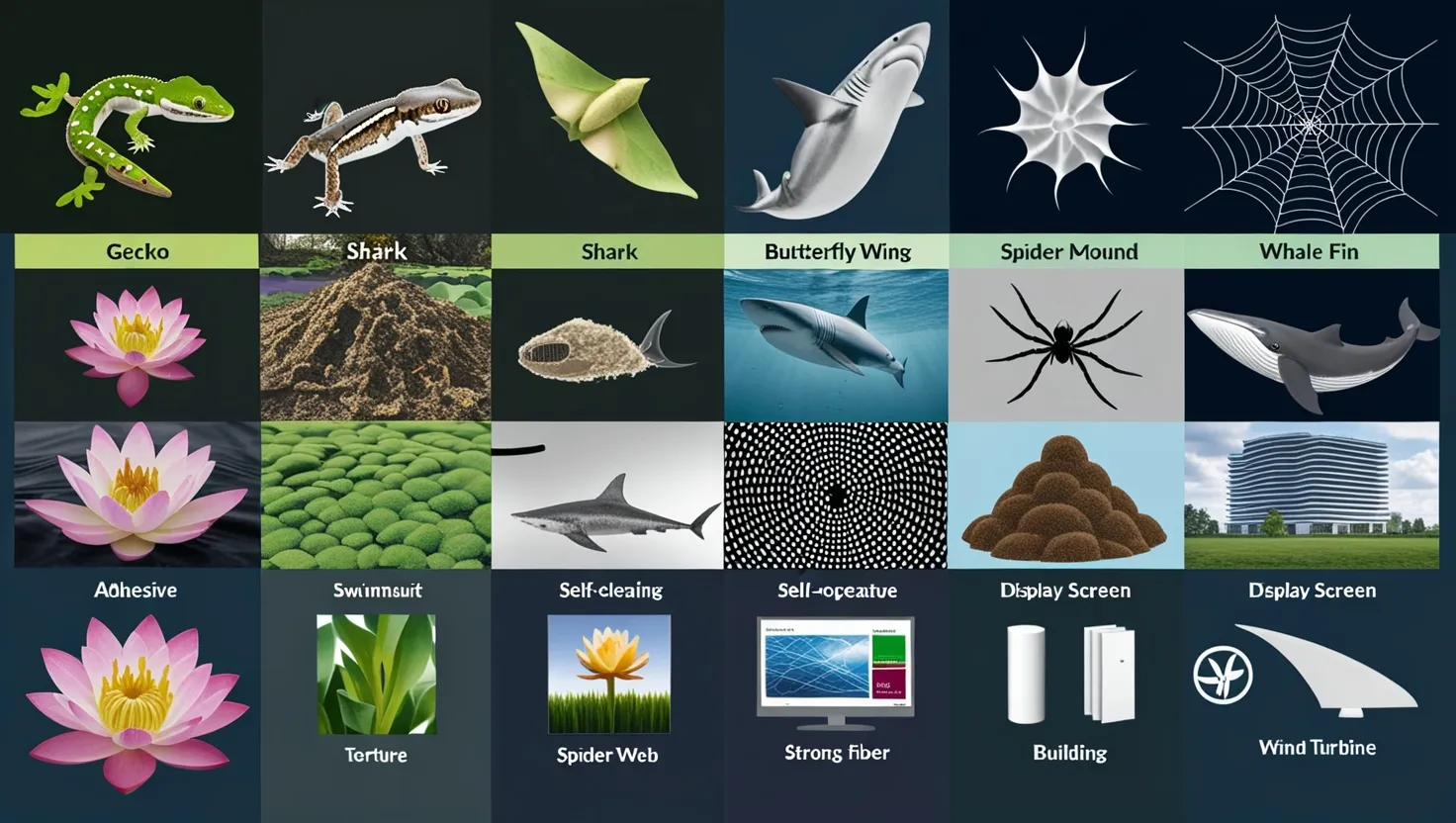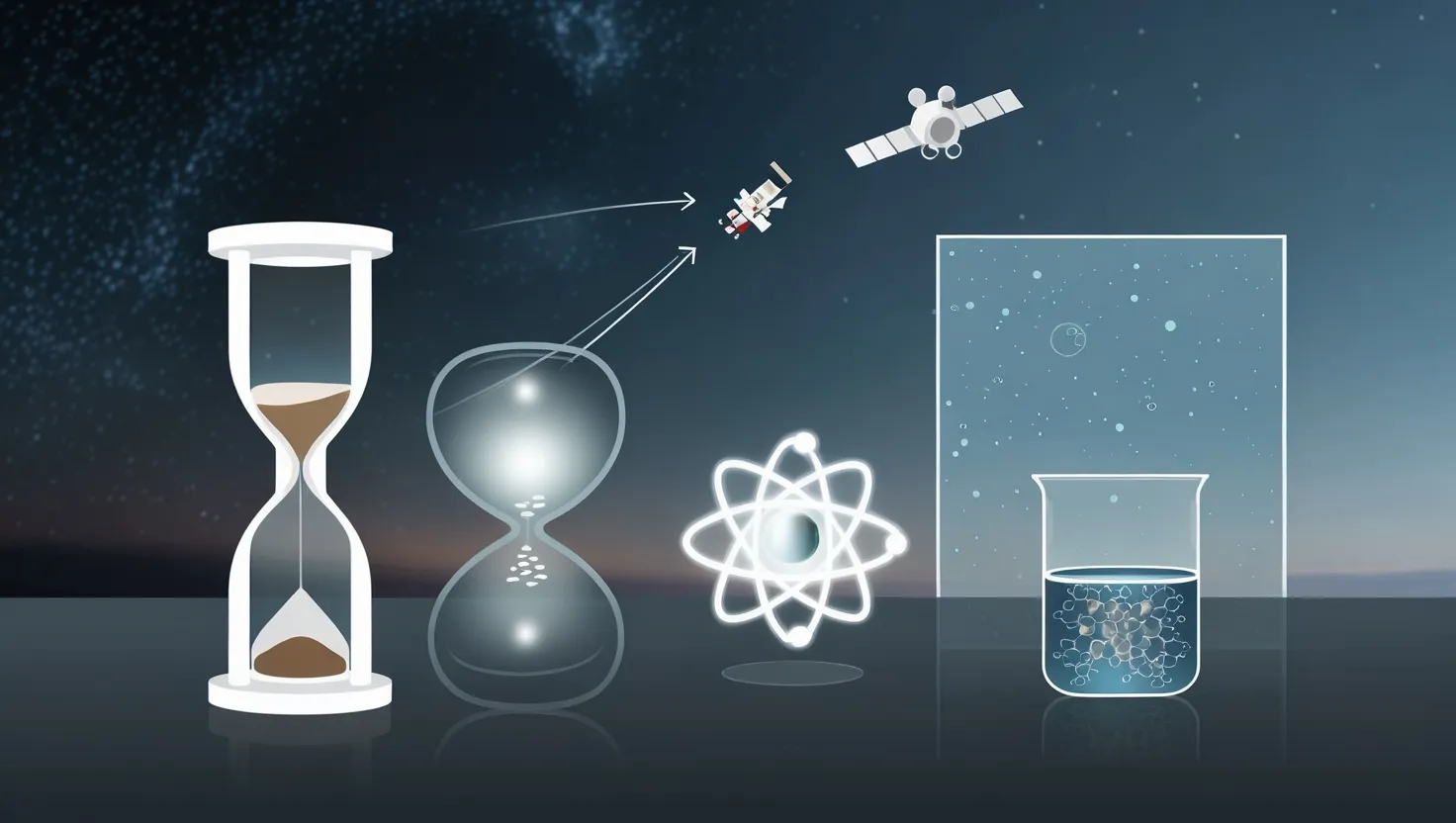Hey everyone, let’s take a trip back in time to one of the most shocking moments in history—the crash of the Hindenburg. It was Thursday, May 6, 1937, when the massive airship, almost as big as the Titanic, made its final descent into New Jersey. This wasn’t just any airship; it was the pride of Nazi Germany, making its first trip of the transatlantic season.
Onboard were 97 people, and waiting on the ground were numerous journalists ready to capture its glorious arrival. But what happened next shocked the world. Out of nowhere, the Hindenburg burst into flames, falling like a fiery comet to the ground. Despite the inferno, some miraculously survived.
In the days following the tragedy, a detailed investigation began. Eyewitnesses and modern-day experts alike tried to piece together the puzzle. The suspense was gripping—what or who destroyed the Hindenburg?
Captain Prus was in charge during those critical moments, trying to navigate through bad weather that had delayed their arrival. They were supposed to land at dawn, but storms and strong winds had held them back. Commander Rosendahl was the officer in charge at the landing site, balancing pressures from all sides.
Just before the disaster, a passenger named Joseph Spa was filming with his movie camera—footage that would miraculously survive. But Spa wasn’t just any passenger. He had unrestricted access to areas normally off-limits. Could he have planted a bomb?
As the landing approached, things seemed normal until a sharp turn and peculiar fluttering of the outer cover were observed. Within minutes, the airship exploded.
During the official inquiry, Dr. Hugo Eckner, the pioneer behind this great vessel, took the stage. He proposed that the final sharp turn put extreme tension on the ship’s structure, likely causing a wire to snap and rupture a hydrogen cell. A static spark from lingering storm conditions could have ignited the hydrogen, causing the tragic explosion.
Yet, doubts lingered, and theories like sabotage and mechanical failure were hotly debated. Even the FBI got involved but found no concrete evidence of a bomb.
Survivors recounted their experiences vividly. Some escaped through sheer luck, like young Verner Dabler, who survived being tossed out by his mother. The images of the burning wreckage and desperate escapes stayed etched in history.
In the end, Dr. Eckner’s explanation gained the most acceptance: a combination of pilot error, structural failure, and unfortunate weather conditions led to the disaster. He never publicly disclosed his earlier decision not to use safer helium gas, which the U.S. government had offered but required significant logistical changes.
This catastrophe ended the golden age of airships, making way for airplanes that would come to dominate the skies. The Hindenburg tragedy remains a powerful reminder of how small miscalculations can lead to colossal disasters.
So there you have it, folks—the dramatic tale behind one of the 20th century’s biggest mysteries. The story of the Hindenburg isn’t just about a fiery fall; it’s a complex web of decisions, natural forces, and human error.
